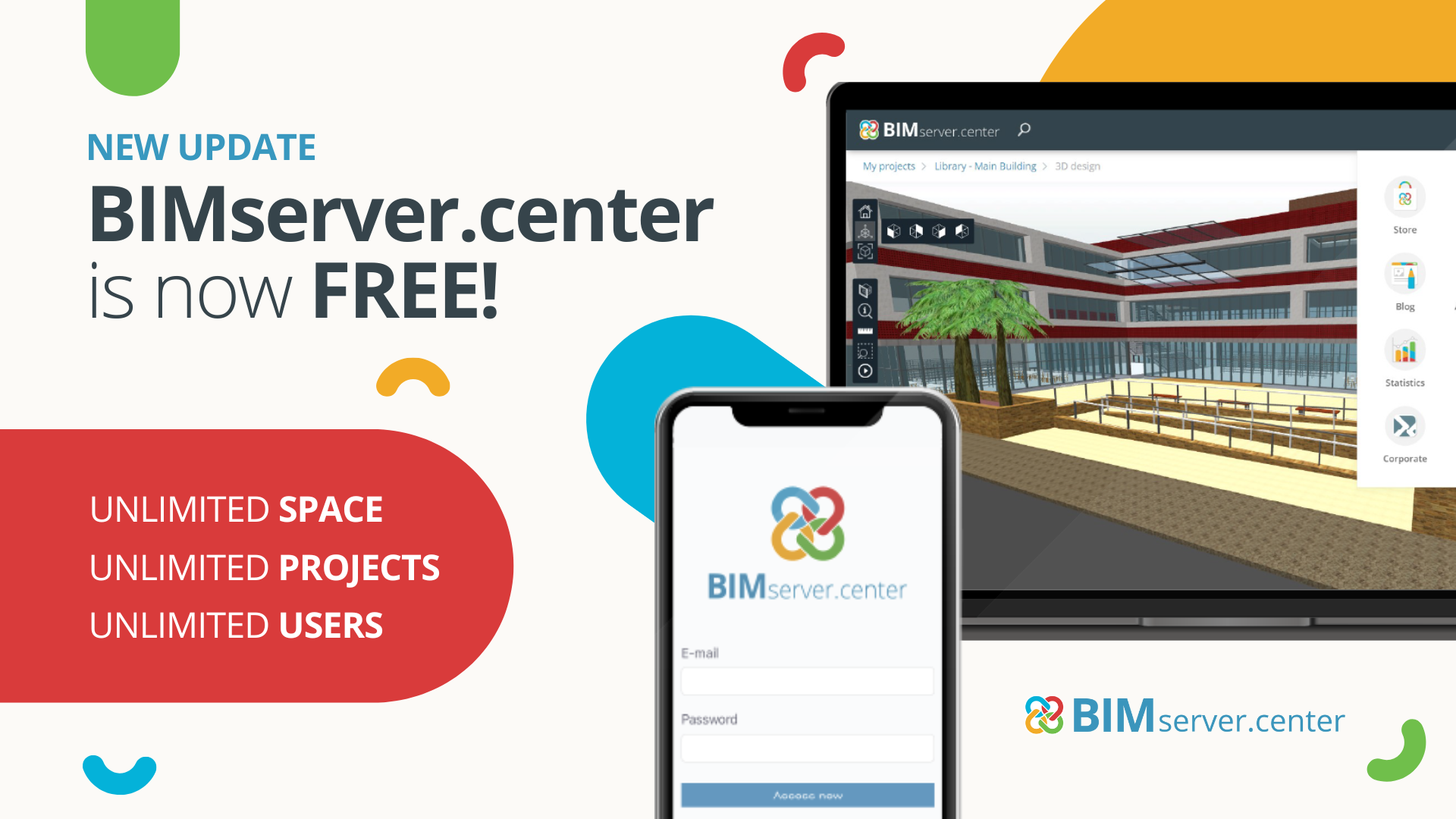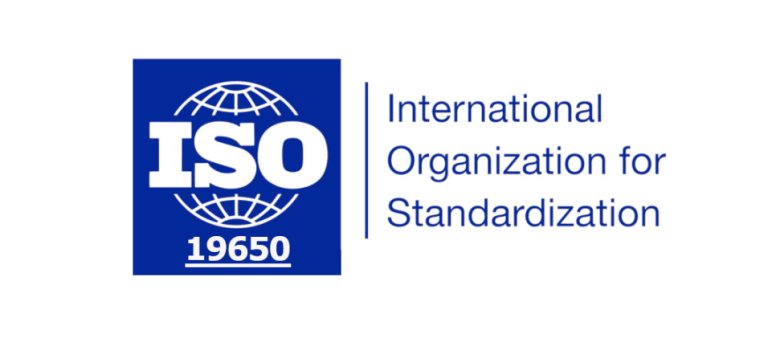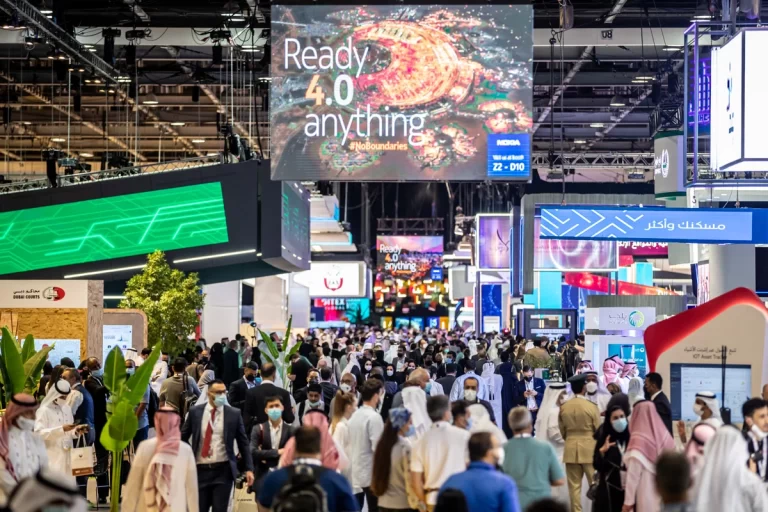Models are becoming progressively more geometrically complex and more detailed. The evolution of BIM technology in recent years has allowed professionals in the construction industry to work day-to-day with digital files containing an increasingly detailed and accurate volume of information, becoming virtual replicas of reality itself. To offer the best visualisation experience for these models, our 3D viewer has evolved to display the three-dimensional geometric representation with a high level of precision and flawless reproduction. All this with the visual quality of the video game industry that characterises our platform.
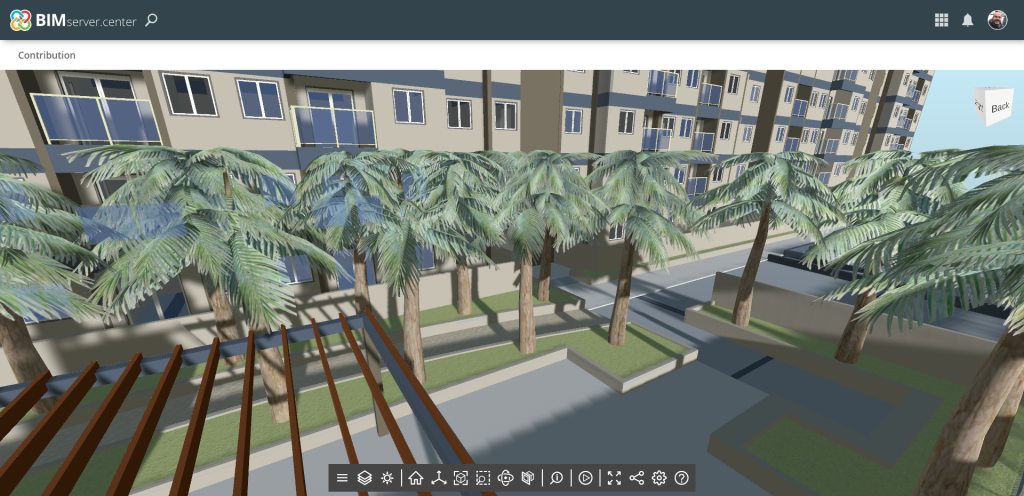
The speedy adoption and evolution of BIM technology in recent years have made it possible to develop the digital twin concept in the construction industry to a level of detail that was unimaginable just a few years ago. The contributions of the different construction professionals in the digital project contain increasingly more detailed information, especially from a 3D geometrical representation point of view, resulting in models that are closer to reality.
BIMserver.center uses the glTF 2.0 format to represent the geometry of the models. This format, which originated in the video game industry, is characterised by its simplicity, its ability to define visual materials and its coding for highly efficient processing. BIMserver.center was a forerunner in the use of this technology for representing BIM models with a visual complexity that cannot be achieved using the IFC standard.
We have recently expanded the capabilities of our 3D viewer by introducing a new technology. Our platform's previous viewer displayed complete models encoded in glTF 2.0 format. Although this allowed the models to be displayed taking advantage of all the format's features, if the number of models displayed was very high or they were particularly complex, the viewer could end up working at the limit of its technological capacity.
This limit was related to direct 3D model visualisation techniques, which were unable to handle this increase in the geometric complexity of models, as the physical limits of the devices used for their visualisation, such as memory, processing power, etc., could be reached.
In order to meet the need to view increasingly more detailed models, at BIMserver.center our goal has been to develop a new visualisation technology that can maintain the visual quality of the glTF 2.0 format and, at the same time, handle increasingly more complex models.
Hierarchical breakdown of BIM models
Using the Open Geospatial Consortium's 3D Tiles standard, initially developed by Cesium for geospatial visualisation, as a starting point, we have developed our own format for representing BIM models. Based on this format, we have built a new visualisation stack, which uses spatial subdivision techniques for the hierarchical breakdown of BIM models.
In the new visualisation stack, BIM models are decomposed into volumes according to geometric criteria. The volumes are then processed and stored on our servers for on-demand transmission to users' devices.
The new BIMserver.center viewer determines which portions of the model need to be downloaded for display while considering the memory requirements needed to display the volumes where the model itself and the user's current viewpoint have been decomposed.
New viewer features
The main features included in the new viewer are the following:
- Simultaneous display of several models, including the possibility to activate, deactivate and transparently draw them separately.
- Adjusting the visibility of the model elements by category and by transparently drawing them.
- Shading study.
- Dynamic calculation of the rotational pivot.
- Transmission indicators from the server and markers for undownloaded volumes.
- Zoom tool by rectangle.
- Zoom tool maintaining the current orientation.
- Tool for displaying the model in the initial position.
- Tool for selecting the rotation pivot.
- Tool for consulting the properties of models.
- Tool for x, y, z orthogonal cutting planes.
- Tools for isolating, hiding and restoring the visibility of objects.
- Tools for isolating, hiding and restoring the visibility of categories.
- Tool for automatically rotating around the global z-axis.
- Option for adjusting the display quality.
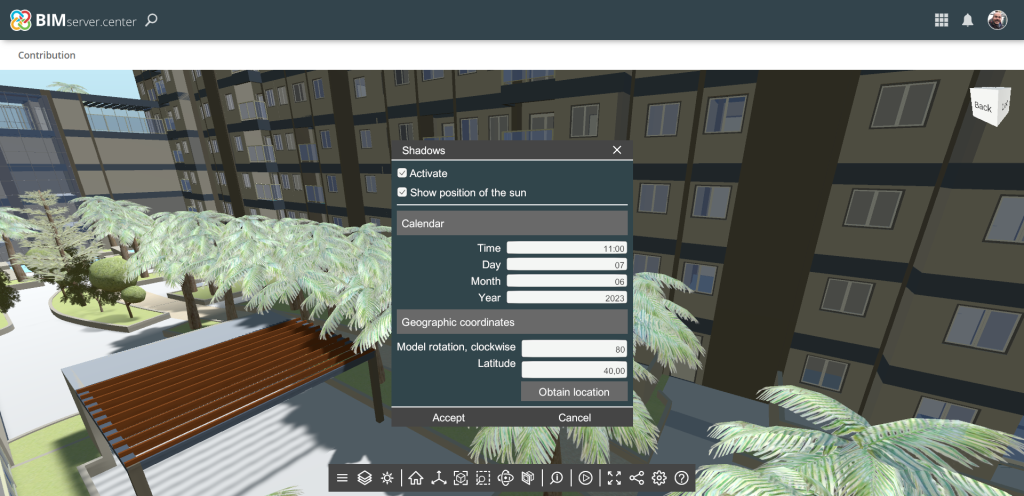
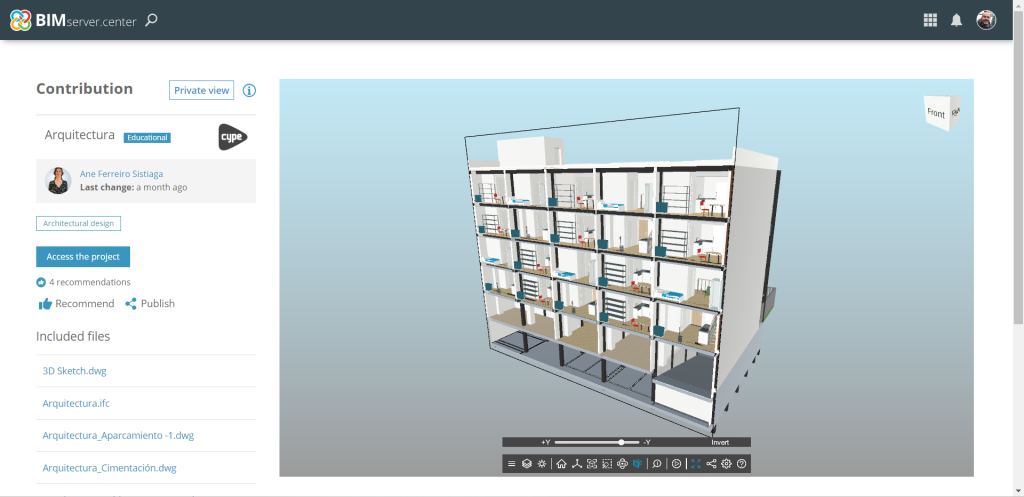

How to interact with the BIMserver.centre 3D viewer
Interacting with the new viewer requires a three-button mouse or a touchpad that allows corresponding gestures. The key combinations are as follows:
- SHIFT + pressing down the scroll wheel. Rotation around an automatic or user-specified pivot.
- SHIFT + CTRL + pressing down the scroll wheel. Rotate around the camera.
- Pressing down the scroll wheel. Displacement.
- Pressing down the scroll wheel. Zoom in or out.
Actions on the model are carried out using the left mouse button, while the right mouse button cancels the active option.
Available on web browsers, iOS and Android
The new BIMserver.center viewer is available on our web platform and in our iOS and Android apps. On mobile devices, we recommend using the apps for the best possible user experience.
For proper performance, please check that your device meets the minimum requirements:
Desktops and laptops
Minimum requirements
- CPU: Intel Core i5 7th Gen or equivalent.
- RAM: 16 GB.
- GPU: Nvidia GeForce GTX 1050 Ti or equivalent.
Minimum requirements
- CPU: Intel Core i7 9th Gen or higher.
- RAM: 16 GB.
- GPU: Nvidia GeForce GTX 2060 or higher.
iOS / Android
Minimum requirements
- Ideally, iOS or Android mobile devices should be no more than three years old.
Recommended requirements
- For iOS, a 4th or 5th-generation iPad is recommended, while for a better augmented reality experience, an iPad with a LiDAR sensor is recommended.
- For Android, due to the wide variety of devices, testing the viewer on your current device is recommended.


